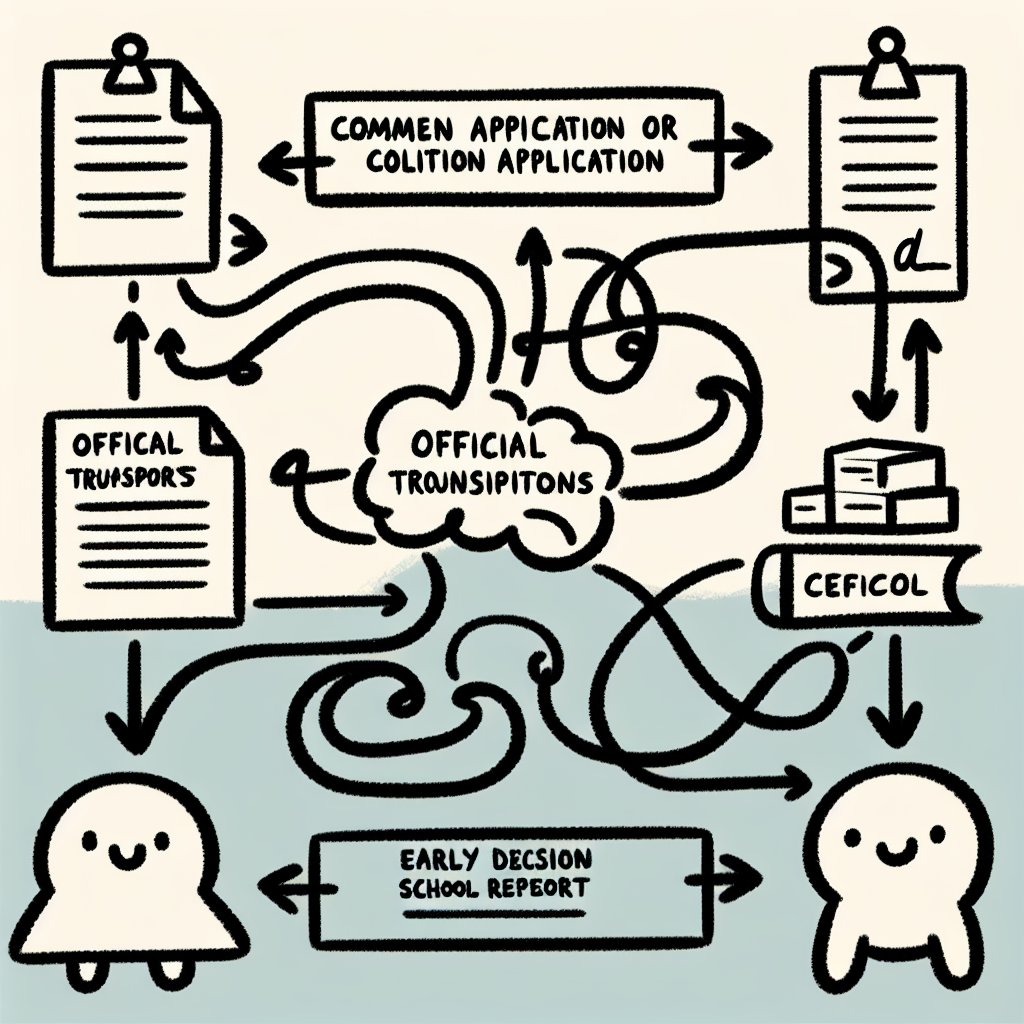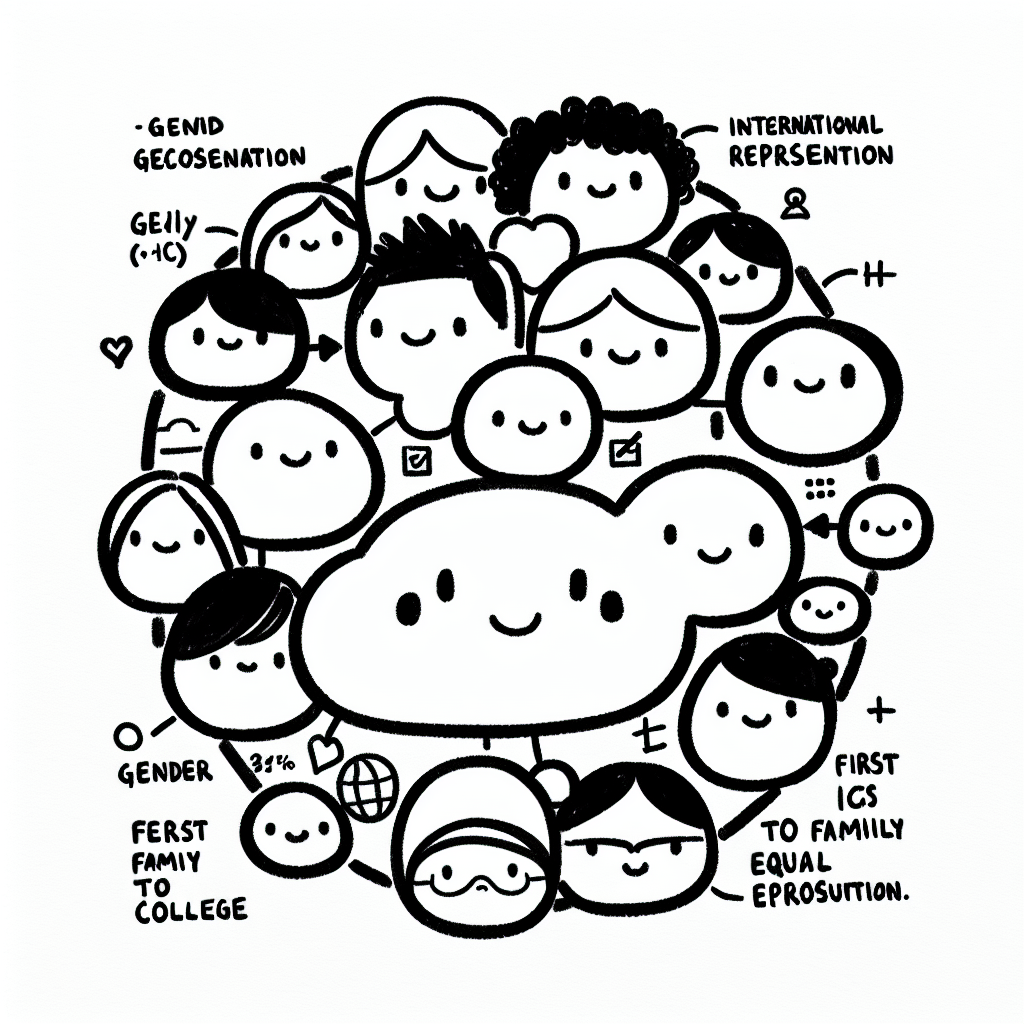Introduction: Why Pomona College?
Pomona College is consistently ranked among the top liberal arts colleges in the United States, known for its rigorous academics, small class sizes, and close-knit campus community. Located in Claremont, California, Pomona offers a broad liberal arts curriculum supported by access to the resources of the Claremont Colleges consortium.
Understanding the Pomona acceptance rate is crucial for prospective students aiming to gain admission to this prestigious institution. The acceptance rate reflects the college’s selectivity and competitiveness, helping applicants gauge their chances and better prepare for the application process. With thousands of high-achieving students applying each year, knowing the Pomona acceptance rate provides insight into the level of academic and extracurricular excellence expected by the admissions committee.

📉 Pomona College Acceptance Rate: A Snapshot
Current Acceptance Rate (2024)
As of 2024, the Pomona acceptance rate stands at 6.76%, reflecting the college’s highly selective admissions process (US News, College Tuition Compare). This figure places Pomona among the most competitive liberal arts colleges in the United States. For context, the national average acceptance rate for four-year colleges is significantly higher, and even within the elite liberal arts college category, Pomona's rate is lower than many of its peer institutions such as Swarthmore and Williams.
Historical Acceptance Trends
Over the past nine years, Pomona College has maintained an average acceptance rate of 8.06%, indicating a consistent trend of high selectivity (College Tuition Compare). This downward trend in acceptance rates is part of a broader pattern across elite liberal arts colleges, driven by increased application volume and heightened interest from high-achieving students globally. Factors contributing to Pomona’s decreasing acceptance rate include its generous financial aid policies, strong academic reputation, and commitment to diversity and inclusion.
Year-Over-Year Application Insights
For the Class of 2028, Pomona received 12,249 applications and ultimately enrolled 436 students (Pomona.edu). In comparison, the Class of 2027 saw 12,121 applicants, with 819 students accepted (Peterson's). These figures underscore Pomona’s careful enrollment management and strategic approach to maintaining a strong yield rate. The relatively low number of enrolled students from a high applicant pool further emphasizes the competitive nature of the Pomona acceptance rate and the institution’s emphasis on assembling a diverse and academically exceptional incoming class.

🧠 Academic Profile of Admitted Students
Understanding the academic profile of those admitted helps provide a clearer picture of the Pomona acceptance rate. Admitted students typically present very strong standardized test scores and competitive academic records, but Pomona's holistic admissions process means numbers are just part of the story.
Standardized Test Scores
Pomona College admits students with some of the highest standardized test scores in the country. The middle 50% SAT range for admitted applicants is 1480–1560, while the ACT range is 33–35 (US News). These scores reflect the highly competitive nature of the applicant pool and contribute to the low Pomona acceptance rate.
Holistic Admissions Factors
Pomona practices holistic admissions, which means the college evaluates applicants beyond numerical indicators. Essays, teacher recommendations, and extracurricular involvement are key components of the review process. Admissions officers also consider the context of a student's academic performance, including the rigor of their high school curriculum and the opportunities available to them. This comprehensive approach helps Pomona identify students who will thrive in its rigorous academic environment, regardless of background, further shaping the selectivity reflected in the Pomona acceptance rate.

Application Components and Requirements
Required Materials
To apply to Pomona College, students must submit either the Common Application or the Coalition Application. Along with the application form, applicants are required to provide a school report, official high school transcripts, and a counselor recommendation. Two teacher recommendations are also mandatory, ideally from instructors who have taught the student in core academic subjects.
Pomona has adopted a test-optional policy, meaning that submitting SAT or ACT scores is not required. Applicants who believe their test scores reflect their academic ability may choose to include them, but those who do not submit scores will not be at a disadvantage in the admissions process. This approach aligns with Pomona’s holistic review process, which considers a wide range of factors beyond standardized testing.
Deadlines and Decision Plans
Pomona College offers multiple application plans: Early Decision I, Early Decision II, and Regular Decision. Early Decision I applications are typically due in early November, while Early Decision II applications are due in early January. Regular Decision applications are usually due in early January as well, with decisions released in late March.
Choosing to apply through Early Decision can offer a potential advantage, as the Pomona acceptance rate tends to be slightly higher for early applicants. However, Early Decision is binding, meaning students who are accepted must attend Pomona and withdraw applications to other institutions. This option is best suited for applicants who have thoroughly researched the college and are confident that Pomona is their top choice. Regular Decision, on the other hand, allows for more time to prepare application materials and compare financial aid offers from other schools.
Understanding these application components and deadlines is essential for navigating the Pomona admissions process effectively, especially given the competitive nature of the Pomona acceptance rate.

📊 Application Volume and Demographic Breakdown
Pomona College receives a high volume of applications each year, contributing to its low acceptance rate. According to the Pomona Common Data Set, the college received over 11,600 applications for the most recent admissions cycle, admitting approximately 800 students, which aligns with its selective pomona acceptance rate.
Geographic Diversity and International Representation
Pomona attracts applicants from across the United States and internationally. Students come from all 50 states and over 60 countries, highlighting the college’s geographic diversity. International students typically make up around 10% of the enrolled class, reflecting Pomona’s global appeal and commitment to building a diverse community.
First-Generation, Underrepresented Minorities, and Gender Ratios
Pomona places a strong emphasis on inclusivity, with a significant portion of its students identifying as first-generation college students and underrepresented minorities. Data from the Pomona Common Data Set shows that approximately 20% of the incoming class are first-generation students. In terms of racial and ethnic diversity, around 50% of enrolled students identify as students of color.
Gender ratios at Pomona are relatively balanced, with a slight majority of female students. The institution continues to prioritize equity in its admissions process as part of its broader mission, which is reflected in the makeup of each incoming class and contributes to the context behind the competitive pomona acceptance rate.

What Makes an Applicant Stand Out at Pomona?
While the Pomona acceptance rate remains highly competitive, applicants who go beyond academic metrics can distinguish themselves in meaningful ways. Admissions officers at Pomona look for more than just high GPAs and test scores—they seek students who embody the college’s values of intellectual engagement, leadership, and creativity.
Beyond the Numbers
A standout applicant to Pomona demonstrates intellectual curiosity that transcends classroom learning. This might include interdisciplinary interests, such as combining computer science with environmental studies or literature with political science. Admissions readers are drawn to students who show a passion for connecting ideas across fields.
Equally important is a tangible commitment to community and leadership. Whether through initiating service projects, leading student organizations, or advocating for social change, applicants who have taken initiative show they are ready to contribute meaningfully to Pomona’s collaborative environment.
Creative pursuits and unique talents also capture attention. Students who have engaged in independent research, exhibited artistic work, or pursued distinctive hobbies help paint a fuller picture of their potential. These qualities add depth to an application and signal a readiness to thrive in Pomona’s intellectually vibrant community.
Demonstrated Interest and Engagement
Given the low Pomona acceptance rate, showing sincere interest in the college can be a critical factor. Visiting campus, attending virtual tours, or participating in information sessions all contribute to demonstrating interest.
Pomona also values engagement through alumni interviews and optional supplemental materials. These opportunities allow applicants to share personal insights and motivations that might not come through in their main application. Thoughtful communication with admissions staff, whether through emails or questions, can further reinforce an applicant’s enthusiasm and fit for Pomona.
In a holistic admissions process, these elements—beyond academics—can set applicants apart and play a key role in navigating the challenges of the Pomona acceptance rate.

Financial Aid and Admissions
Pomona College maintains a need-blind admissions policy for U.S. applicants, meaning students are evaluated for admission without consideration of their financial situation. This policy supports Pomona's commitment to meeting 100% of each admitted student's demonstrated financial need. As a result, financial aid does not negatively impact admissions decisions, allowing the college to focus solely on academic and personal qualifications when determining offers of admission.
This approach influences the Pomona acceptance rate by expanding access to a broad range of applicants, including those from underrepresented and lower-income backgrounds. By eliminating financial barriers, the college can attract a diverse pool of high-achieving students who might otherwise be deterred by cost.
Pomona offers only need-based financial aid and does not provide merit-based scholarships. All institutional aid is distributed based on demonstrated financial need, as determined through application materials like the FAFSA and CSS Profile. This means students with strong academic credentials do not receive aid based on merit alone but are supported if they demonstrate financial need.
These aid policies can influence enrollment decisions and yield rates. When students receive generous need-based aid packages, they are more likely to enroll, which can positively affect Pomona’s yield rate—the percentage of admitted students who choose to attend. Strong financial support also reinforces the college’s commitment to accessibility and affordability, further strengthening Pomona’s reputation and competitive admissions landscape.

🏆 Pomona in Context: How It Compares
Peer Institutions
Pomona College is one of the five undergraduate Claremont Colleges, a consortium that also includes Claremont McKenna, Harvey Mudd, Pitzer, and Scripps Colleges. While all five share resources and facilities, Pomona is often regarded as the most selective, with the lowest acceptance rate among them. Compared to Claremont McKenna and Harvey Mudd, which emphasize economics and STEM respectively, Pomona offers a more comprehensive liberal arts curriculum.
In the broader landscape of elite liberal arts colleges, Pomona regularly competes with institutions like Williams, Amherst, and Swarthmore. All of these schools have acceptance rates below 10%, but Pomona’s West Coast location and consortium model make it unique. While Williams and Amherst are situated in more isolated settings, Pomona provides students access to both a tight-knit academic community and the broader cultural and professional opportunities of Southern California.
Pomona’s academic ecosystem is distinguished by small class sizes, a low student-faculty ratio, and the ability for students to cross-register at the other Claremont Colleges. Its residential life system emphasizes inclusivity and student self-governance, setting it apart even among its elite peers.
Rankings and Reputation
Pomona consistently ranks among the top liberal arts colleges in the United States. In the 2024 U.S. News & World Report rankings, Pomona placed #3 among national liberal arts colleges, just behind Williams and Amherst. The college also scores highly in metrics like faculty resources, student selectivity, and graduation rates.
The school’s reputation is bolstered by strong alumni outcomes. According to data from the College Scorecard, Pomona graduates enjoy high median earnings and strong rates of graduate school placement. The college's emphasis on undergraduate research, internships, and global learning contributes to these outcomes, reinforcing the competitive nature of the Pomona acceptance rate.
Pomona’s prestige is also reflected in its membership in the American Association of Colleges and Universities and its frequent appearance in rankings by Forbes, Kiplinger’s, and The Princeton Review. These recognitions underline how Pomona’s rigorous academics and supportive environment contribute to its elite status.

🔍 Resources and Further Reading
To gain a deeper understanding of the Pomona acceptance rate and the broader admissions landscape, the following resources offer detailed statistics, trends, and contextual information:
- Pomona College Admissions - US News Best Colleges: Provides an overview of Pomona's admissions process, including acceptance rate data, test score ranges, and application deadlines.
- Common Data Set | Pomona College: Offers official institutional data, including admission statistics that help clarify year-to-year changes in the Pomona acceptance rate.
- Pomona College Acceptance Rate Trends: Tracks historical data on the Pomona acceptance rate, allowing users to observe patterns and shifts over time.
- Pomona College - Tuition and Acceptance Rate | Peterson's: Summarizes key admissions figures, including tuition and acceptance rates, to support a comprehensive view of Pomona College.
- Profile: Who Goes to Pomona?: Highlights demographics and backgrounds of current students, which may provide insight into the selectivity reflected in the Pomona acceptance rate.

Final Thoughts
Pomona College remains one of the most selective and academically rigorous liberal arts institutions in the United States. The low Pomona acceptance rate reflects the college's commitment to academic excellence and its highly competitive admissions process.
Understanding the nuances behind the Pomona acceptance rate is essential for prospective students. This includes recognizing factors such as the college’s holistic review process, the role of demonstrated interest, and how each applicant’s academic and personal achievements are evaluated in context.
To stand out in a pool of highly qualified candidates, applicants should craft a strong application that showcases intellectual vitality, personal character, and a genuine alignment with Pomona’s values. By doing so, students can approach the admissions process with greater clarity and purpose.














